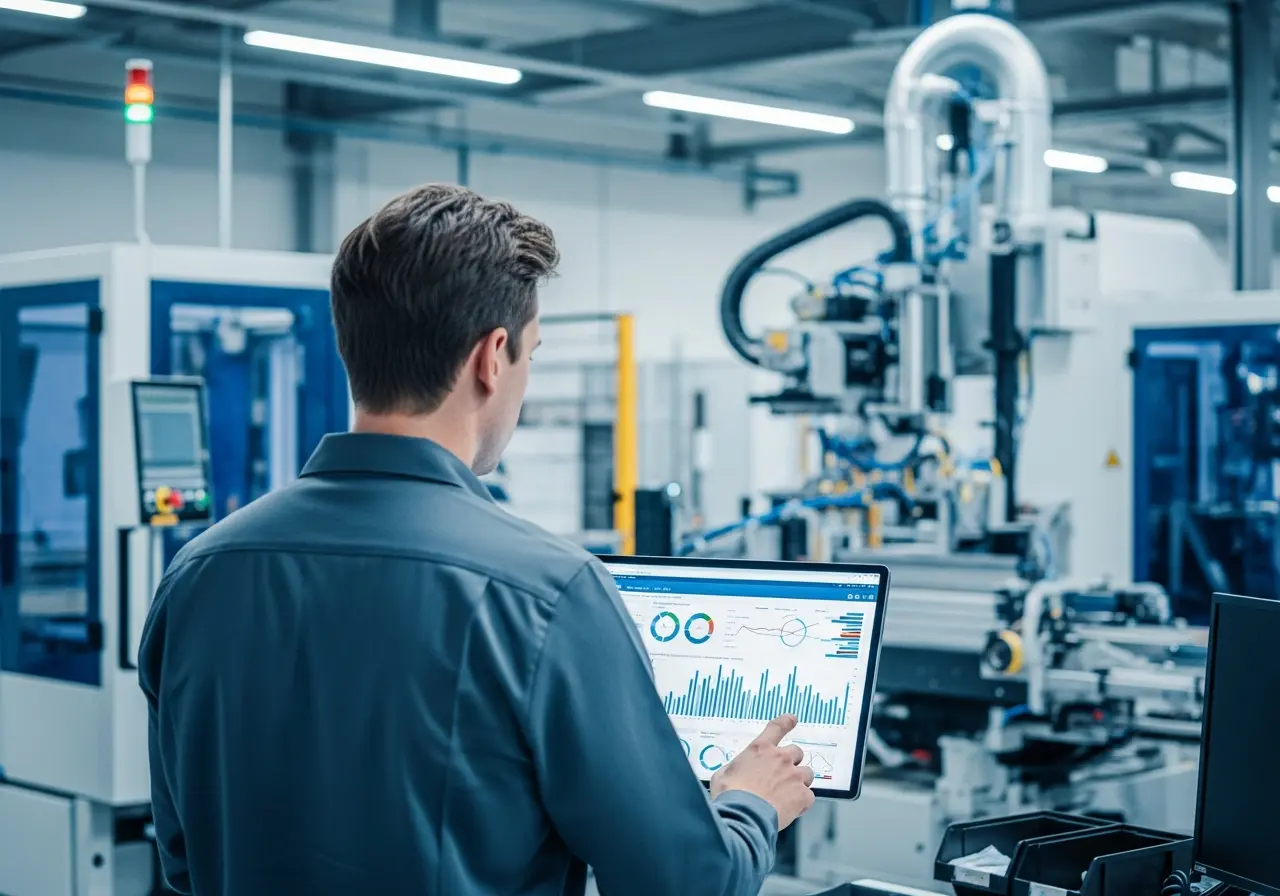Industrial Cybersecurity
Industrial cybersecurity covers all the practices and technologies that protect factory data, connected machines and operational networks. For manufacturers, it ensures production continuity, data integrity and protection from attacks that can disrupt equipment or alter critical parameters.

What Is Industrial Cybersecurity?
Industrial cybersecurity safeguards OT systems, sensors, PLCs, supervision software and data flows that control physical processes. Unlike traditional IT protection, industrial cybersecurity focuses on operational environments and machine-level risks.
In this context, industrial IT security helps prevent ransomware, unauthorized access and manipulation of machine parameters that could stop production.
OT Security and Industrial Networks
OT security for industry focuses on defending operational systems built on heterogeneous or legacy machines. Industrial network security includes protecting communications, segmenting OT networks, enforcing access control and securing encrypted connections to cloud platforms or management software. Combined, these practices strengthen industrial cybersecurity and create resilient, stable production environments.
